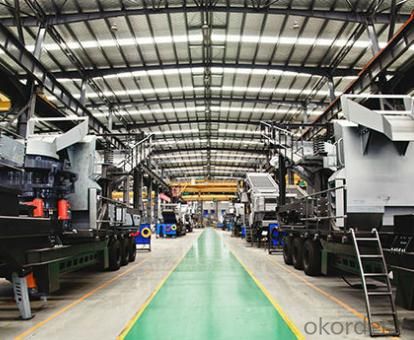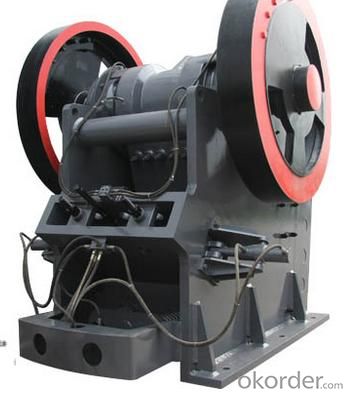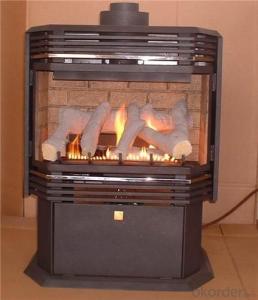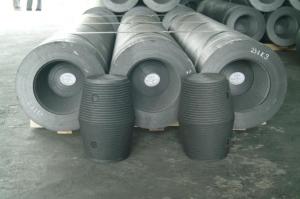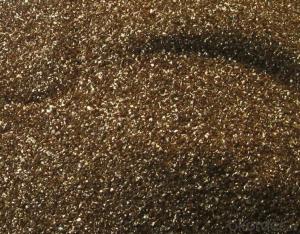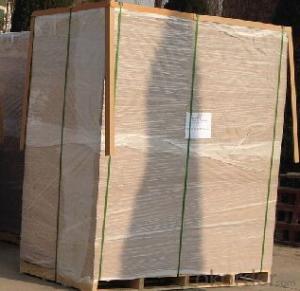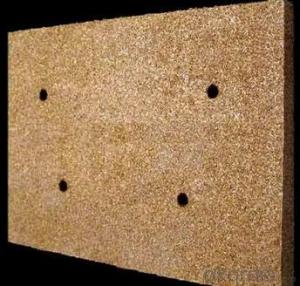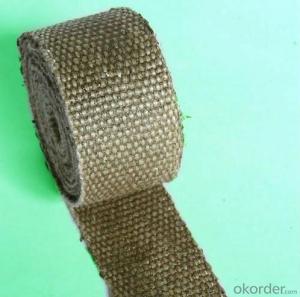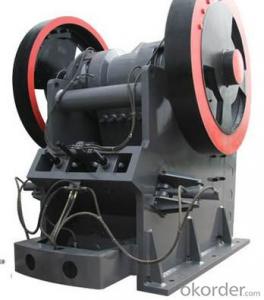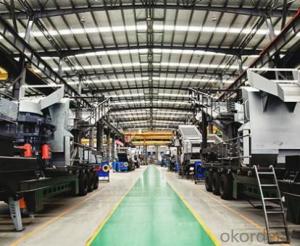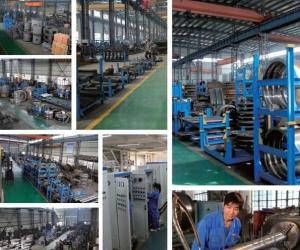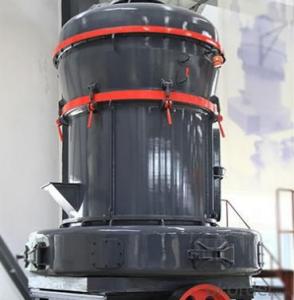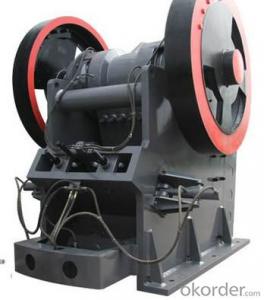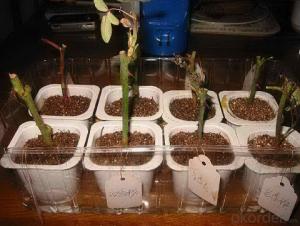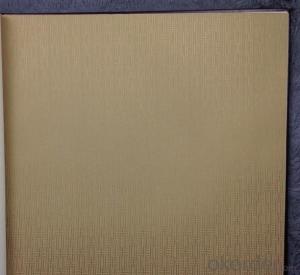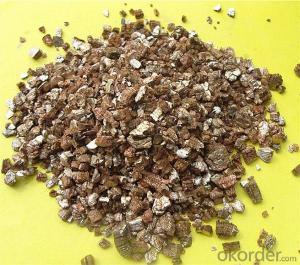Vermiculite Micro Powder Grinding Mill Machine
- Loading Port:
- Qingdao
- Payment Terms:
- TT OR LC
- Min Order Qty:
- 1 set
- Supply Capability:
- 20 set/month
OKorder Service Pledge
OKorder Financial Service
You Might Also Like
Product information of Grinding Mill:
The main advantage of our grinding mill over other kinds of mills is that you can grind a friable or crystalline material to 5 - 47 microns average particle size and classify in a very narrow particle size range at the same time. There are no moving parts to wear out or generate heat in our mill and no screens to plug or be punctured.
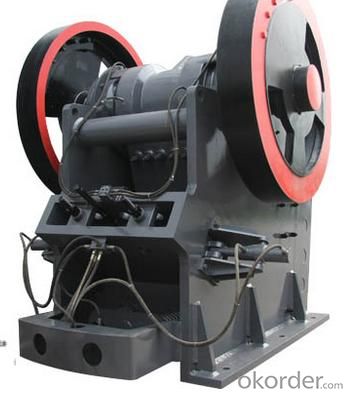
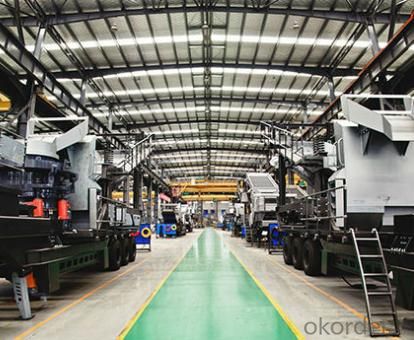
Application of CNBM Grinding Mill:
CNBM Series Micro Powder Grinder specializes in grinding fine and superfine powders of non-flammable, non-explosive and brittle materials with Moh’s hardness under 6, moisture below 6%, such as calcite, chalk, limestone, dolomite, kaolin, bentonite, talc, mica, magnetite, illite, pyrophyllite, vermiculite, sepiolite, attapulgite, rectorite, diatomite, barite, gypsum, alunite, graphite, fluorite, rock phosphat, Kalium ore, pumice, etc, totally more than 100 kinds of materials.
Technical Data of Grinding Mill Application:

FAQ:
1. What advantages does your grinding mill have?
The main advantage of our grinding mill over other kinds of mills is that you can grind a friable or crystalline material to 5 - 47 microns average particle size and classify in a very narrow particle size range at the same time. There are no moving parts to wear out or generate heat in our mill and no screens to plug or be punctured.
2. How does your milling compare with other methods of grinding such as a hammer mill?
Well designed, high speed mechanical mills can grind some friable materials into the low micron-size range; but, wear and product contamination is a serious problem, as is attritional heat. Practically, the high-speed mechanical mill (hammer etc. mill) cutoff is 200 mesh with a typical mid range of 80 mesh. Abrasive products will seriously erode most hammer mills, adding metallic contamination to the product. Materials that degrade with heat or have low melt temperatures are a problem in hammer mills because of the heat generated in the mill.
3. What particle size range does your grinding mill produce?
Typically the CNBM mill will grind friable or crystalline materials down to the 5 to 47 micron average particle size range. Particles larger than 10 microns are generally hard-to-fracture polymers such as toner compounds or hard waxes, and some organic materials, but if a larger size is wanted, many products can be ground larger than 10 microns by reducing power to the mill or by increasing the rate of feed. Some products are simply polished to remove sharp edges by running at elevated feed rates with low grinding pressure, a process that changes how the material compacts.
4. How do you adjust particle size in your mill?
Particle size is adjusted primarily by a change in feed rate. When the rate is reduced, finer particles result because there is more energy available per particle to accelerate the particles and the entire fluid mass. Collisions become more violent and pressure gradients become larger.
- Q: i am trying to put new insulation to my house
- They've grown for thousands of years without vermiculite, so I'd say yes.
- Q: Is vermiculite an organic or mineral matter?
- best off using vermiculite or super hatch or something that will absorb and hold moisture better as you don't want to dry your eggs up nor do you want to have to be opening the container too much which you would have to do using sand because you'd be adding water regularly. M.Y.
- Q: I need a detailed explaination on how to make a nice mushroom substrate...exact measurements, materials, ect..
- yes
- Q: I have a bag of vermiculite and I have read how it can contain asbestos. Now I'm not sure I want to use it anymore. Does the horticultural vermiculite contain asbestos?
- Keep him on the calcium carbonate sand. First of all it is similar to what they are on in the wild, which is soil or sand. And they dig as a natural behavior. Secondly it is slightly digestable if they eat it (but make sure they are getting a high quality calcium suppliment like Mineral I so they dont eat it because too much ingested can cause impaction).The calcium carbonate sand also retains heat well, and cannot harbor parasites such as mites because it is inorganic, dry, and constantly shifting which means any parasites that might get in the cage cannot reproduce because the constantly shifting sand desicates the eggs so any parasites will quickly die off.Stick with the calcium carbonate sand. Ive used it on leopard geckos for 20 years and never had a single problem with impaction.
- Q: Vermiculite soil and clay can be kind of meat plants collocation
- It is best to add some particles in, because vermiculite and soil are water retention, so airtight soggy, fleshy easy to rot.
- Q: My female just laid this afternoon and I moved the eggs into a make-shift incubator. I don't have any vermiculite or whatever it is they use to help keep humidity up. They are in a hide box and the box has holes cut into the roof for air flow, there's many holes, but they're a knifes width apart, very slender. They are on sterile sand surrounded by moss inside of the hide box. I marked the tops so I know which way is up. I know you have to keep the humidity up...but how do you know? Since I transported them into the incubator this afternoon (around 5?), I have sprayed the entire tank they're in with a garden mister twice. Is that too much? Too little? How do I know if the eggs need more humidity or less??? Please help...Should I go and find vermiculite? Is it crucial? Any other ideas on a better incubator. The cage they're in is glass and it's 5 gallons.
- Well, for sure not in the Languages category of Yahoo! Answers.
- Q: i started a square foot garden-its actually a gardening book btw.(for those that dont know what that is) its a 4ft. x 4 ft. raised bed garden that ur supposed to use one third vermiculite,one third peat moss, n one third compost/manure(lols).ok i think my ratio was kinda off n i maaayb used too much manure,i think.anyway what i want to know is this harmful to vegetable plants,should I b concerned?help
- Too much manure can kill plants. Do not know how much is too much. If store bought manure it is made to specifications and should be ok. If you made the compost/manure yourself , it is almost impossible to know what chemical combinations your mixture is. You need to ask someone that is more expert than me.
- Q: Please, if you could, tell me everything you know about the care of Ball Pythons. Things like an ideal set-up, what i should put at the bottom of the tank, the best thing i can feed it. There is no wrong answer here. i have been doing research for a few years because i was interested in getting a snake (Ball Python to be specific) and my girlfriends is going to get me one for Christmas. Any and all positive comments, advice and information is greatly appreciated.
- Haha!. Nice :] That's pretty good, actually.
- Q: I need to know what Permiculite is!I think it has something to do with cultivations so ill put it in the gardening section.I saw it on this videogt
- The okorder
- Q: If you want to grow a plant in a clay pot with an 8-inch diameter, should you put rocks on the bottom before you fill it with dirt? Someone told me that if you don‘t do this, the drain hole will get clogged over time as the soil settles and becomes compacted over it.
- I don't think it's absolutely necessary, but it's a good idea. You can also use broken up pieces of another clay pot (if one accidentally breaks). It gives the roots a little room to breathe, and it also allows for better water drainage so the soil doesn't become compacted and swampy at the bottom of the pot.
Send your message to us
Vermiculite Micro Powder Grinding Mill Machine
- Loading Port:
- Qingdao
- Payment Terms:
- TT OR LC
- Min Order Qty:
- 1 set
- Supply Capability:
- 20 set/month
OKorder Service Pledge
OKorder Financial Service
Similar products
Hot products
Hot Searches
Related keywords



